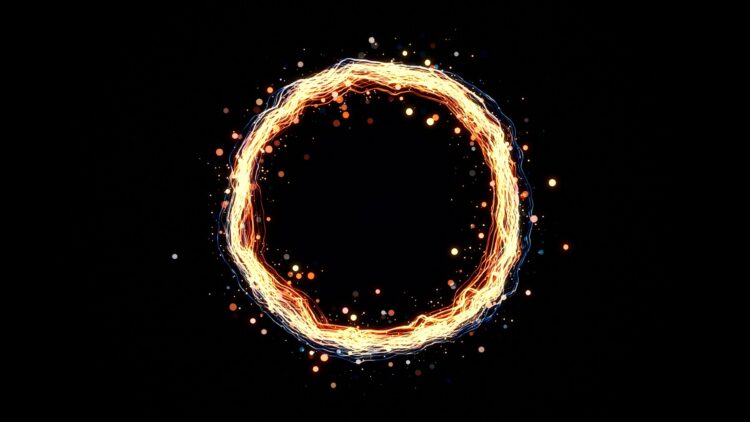The phenomenon where particles are said to move at speeds faster than light is well known to those who engage in theoretical physics. At the core of this interest is the tachyon – a theoretical subatomic particle that does not fit into current theoretical frameworks if it exists. Although much theoretical work has been done trying to identify the tachyon, the phenomenon continues to elude researchers and experts.
Tachyons: An artefactual particle that could change the face of physics.
The term ‘Tachyon’ comes from “Tachys,” a Greek word that means swift. That is within the framework of special relativity, tachyons are particles with imaginary mass and moving with a velocity greater than that of light. The existence of such objects would indicate the possibility of information or matter travelling faster than the speed of light, which is scientifically impossible according to Einstein’s theory of relativity.
Tachyons are incorporated into theoretical physics schemes to test their possibilities and indicate their flaws. When proposing particles that are outside the current physical laws, scientists seek to probe at the limits of the current paradigm to look for failures which might indicate that there is the existence of other new physics that is yet to be discovered.
The biggest challenges in the search for tachyons and in proving their existence
Although propositions made on tachyons are fascinating at a conceptual level, tachyons have not been detected in practice. Identifying such particles is a big problem given that they only exist in theory and the technology that is available currently. The definition of imaginary mass extends the challenges seen with imaginary charge and makes it more difficult to come up with the detection methods since there is no discernable physical quantity that can be measured directly that relates to the hypothetical mass.
Also, most scientists who spoke of the possibility of the tachyon and the ability of the tachyon to travel faster than light reported that the discovery could precipitate problems relating to the causality principle. Such fundamental issue drives questions related to the smoothness of physical laws along with the possibility of capturing particles that function in the context of a non-causal spacetime framework.
What the discovery of tachyons might imply for further development of physics
The discovery of tachyons would shape physics especially regarding the directed acyclic graph also known as the Causal topical map or Causal map. Teleportation means information or matter can travel backwards in time and create situations which are paradoxical to normal cause-and-effect relationships which make up the laws of physics.
Such implications imply that the theoretical models need to be refined to facilitate such phenomenon in a way that does not lead to paradoxes. The introduction of tachyons would revolutionize physics in that scientists would have to explain the particles in ways that would not overthrow the consistency of physical theories.
Exploring the unknown: Studies continue on efforts to locate the elusive tachyons
Nevertheless, the research for tachyons remains a point of interest in theoretical and experimental physicists. New developments in particle detection in general and a better understanding of quantum field theory may in the future give the instruments to confirm or deny the existence of tachyons.
The search for tachyons is an embodiment of the scientific exploration of the unknown and the prodding of the existing science paradigm. I think that regardless of whether tachyons do exist or not such ideas further the pursuit of better technologies and propel our knowledge of the physics governing this world and the universe at large.
Hence while tachyons are still hypothetical and only conceptual their discovery is a puzzle which continues to fascinate Physicists. The hunt for these faster-than-light particles is interesting in stretching the boundaries of science, and thus goading physicists to come up with fresh hypotheses and methods that may one day provide a conceptual understanding of the cosmos.

